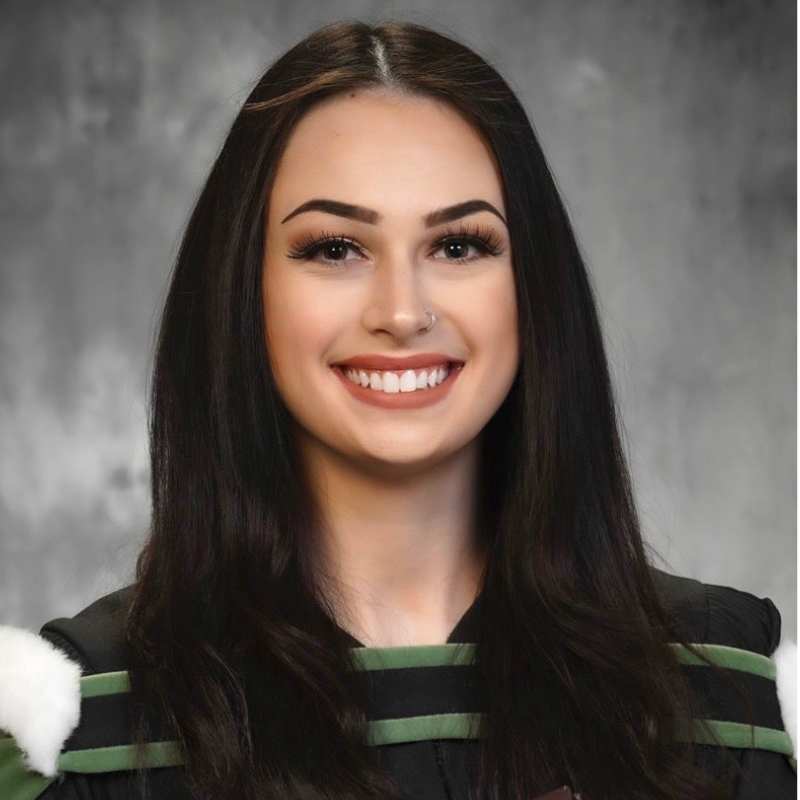Lung Cancer Screening: Why it Feels Like We Have More to Do
A common source of frustration for radiologists is that while lung cancer screening is proven to work and is widely available, it’s still not universally used.
Read more
Regardless of the field of medicine you plan to pursue, understanding radiological imaging is vital in medical school. Taking the time to review a patient’s images before reading the radiologist’s report sharpens your skills in anatomy, disease processes and clinical reasoning.
For example, if your attending physician says a patient has hydronephrosis, you can review their CT scan to see this disease process for yourself and broaden your understanding. If you take a moment to review the head CT of the patient you assessed with ataxia and vertigo, you will be likely to remember the image of their cerebellar infarct when you see a patient presenting with similar symptoms. This knowledge not only benefits future patients and you as a physician — it can also make trips to the reading room with imaging requisitions a little less intimidating!
In today’s healthcare landscape, imaging is everywhere. Many of us have heard the expression “CTs are the new physical exams.” It’s safe to assume knowledge of radiology and the ability to understand what you’re seeing on an X-ray or CT, even at a surface level, will never be a waste of time for any medical student.
Clinical decisions in a variety of healthcare settings are informed by imaging. An orthopedic surgeon benefits from understanding fracture classifications and alignment on X-rays to guide treatment. A cardiologist will benefit from learning about findings of congestive heart failure, such as cardiomegaly or pulmonary edema, on an X-ray. In emergency medicine, understanding basic radiologic findings can be critical for triaging trauma patients and identifying life-threatening conditions. In family medicine, being able to recognize or rule out pneumonia on a chest X-ray before receiving the final radiology report may increase your efficiency (though you should always follow the radiologist’s final report to ensure your perception is accurate). In the same vein, understanding how to review mammogram images or ultrasound findings as a family physician can assist you with appropriate clinical management for concerning masses.
As medical students, we have the unique experience of rotating through an array of different specialties and witnessing a significant range of pathologies. No matter where you envision your future career, the ability to integrate imaging findings with a patient’s signs, symptoms, and physical examination is an incredibly valuable skill. Nonetheless, many medical students have misconceptions about radiology (who hasn’t heard a darkroom joke?). This may be due to lack of exposure to the field, given that medical students may not have experience in imaging unless they choose to shadow or do a fourth-year rotation. For instance, students are often surprised to learn of the vast array of procedural skills required to practice radiology and the associated value of patient interactions. From ultrasound-guided biopsies to CT-guided drain placements, there are limitless opportunities for hands-on, patient-facing care in radiology.
Interventional radiology is the most prominent example of the procedural aspect of radiology. These specialists can perform procedures as varied as mechanical thrombectomies for acute stroke to minimally invasive tumor ablations, all while actively engaging with patients before, during and after procedures. If medical students understand how multifaceted and collaborative radiology can be, they may be more likely to recognize its relevance within their non-radiology specialty of choice.

As medical students, we have the unique experience of rotating through an array of different specialties and witnessing a significant range of pathologies.
There are multiple, practical ways for medical students and residents to augment their experience with imaging. Medical students and residents in any field could benefit from more education and exposure to radiology, particularly around when it is and is not appropriate to order scans. While many medical students feel like they just don’t have the time to learn more, it’s important to note how understanding imaging can sharpen and accelerate your clinical reasoning. In medical school, this might include interactive workshop sessions to hone skills in reviewing imaging or simulation exercises with image-guided procedures. In residency programs other than radiology, more interdisciplinary teaching rounds that include radiology team members may be beneficial.
If you are a medical student who wants to learn more about the specialty, find out how to springboard your career with ACR. Learn more with ACR’s free Medical Student Guide to the Radiology Profession e-book and find resources about the radiology profession, its subspecialties and residency spots.
By Alexandra Hodder, M3, Faculty of Medicine, Memorial University of Newfoundland
Lung Cancer Screening: Why it Feels Like We Have More to Do
A common source of frustration for radiologists is that while lung cancer screening is proven to work and is widely available, it’s still not universally used.
Read more
Bringing Comfort and Communication into the Spotlight
The ACR Commission on PFCC is increasing awareness of the importance of breast cancer screening through animated videos and increased communication.
Read more
Closing Gaps in Breast Cancer Screening
Radiologists can use their influence and expertise to provide clarity about breast cancer screening recommendations and help patients get access to the care they need.
Read more